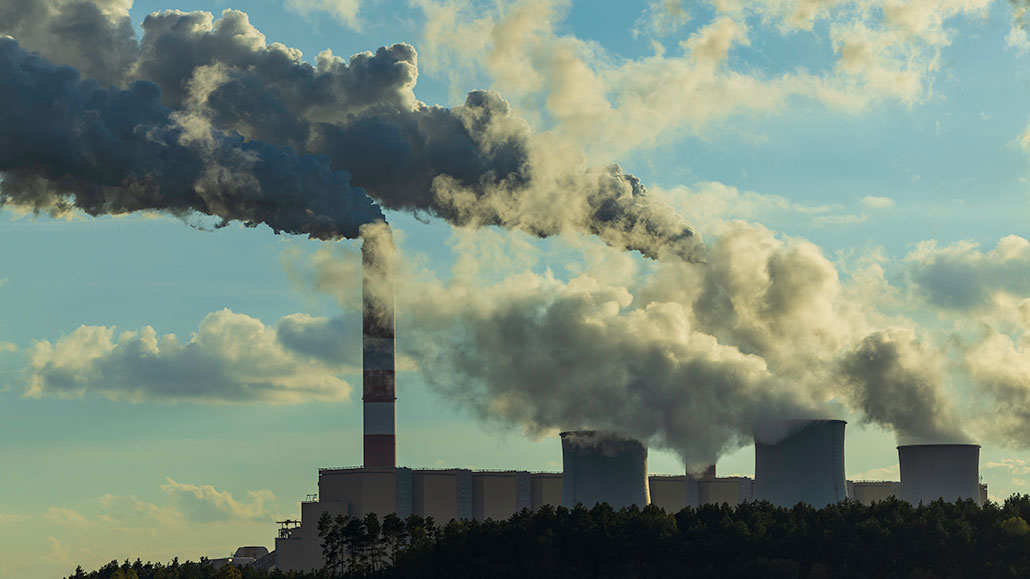Questions for ‘Engineers cook up new way to tackle too much carbon dioxide: Make baking soda’

Steam is seen leaving this coal-fired power plant’s chimneys. They emit a lot of climate-warming carbon dioxide, too — which you can’t see. A new tech could filter this greenhouse gas from the air and put it in a form safe enough to shed in ocean water.
Adam Smigielski/iStock/Getty Images Plus